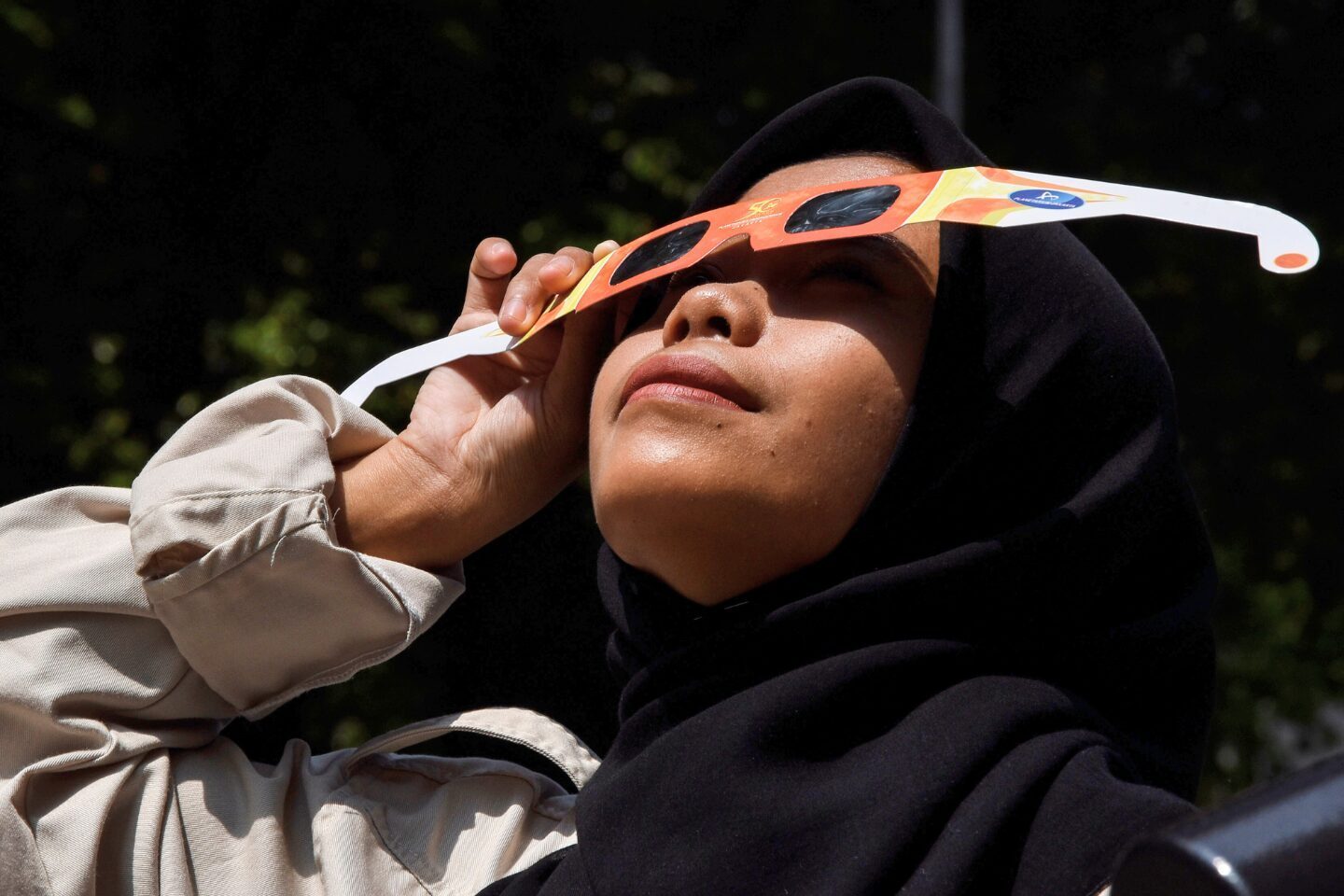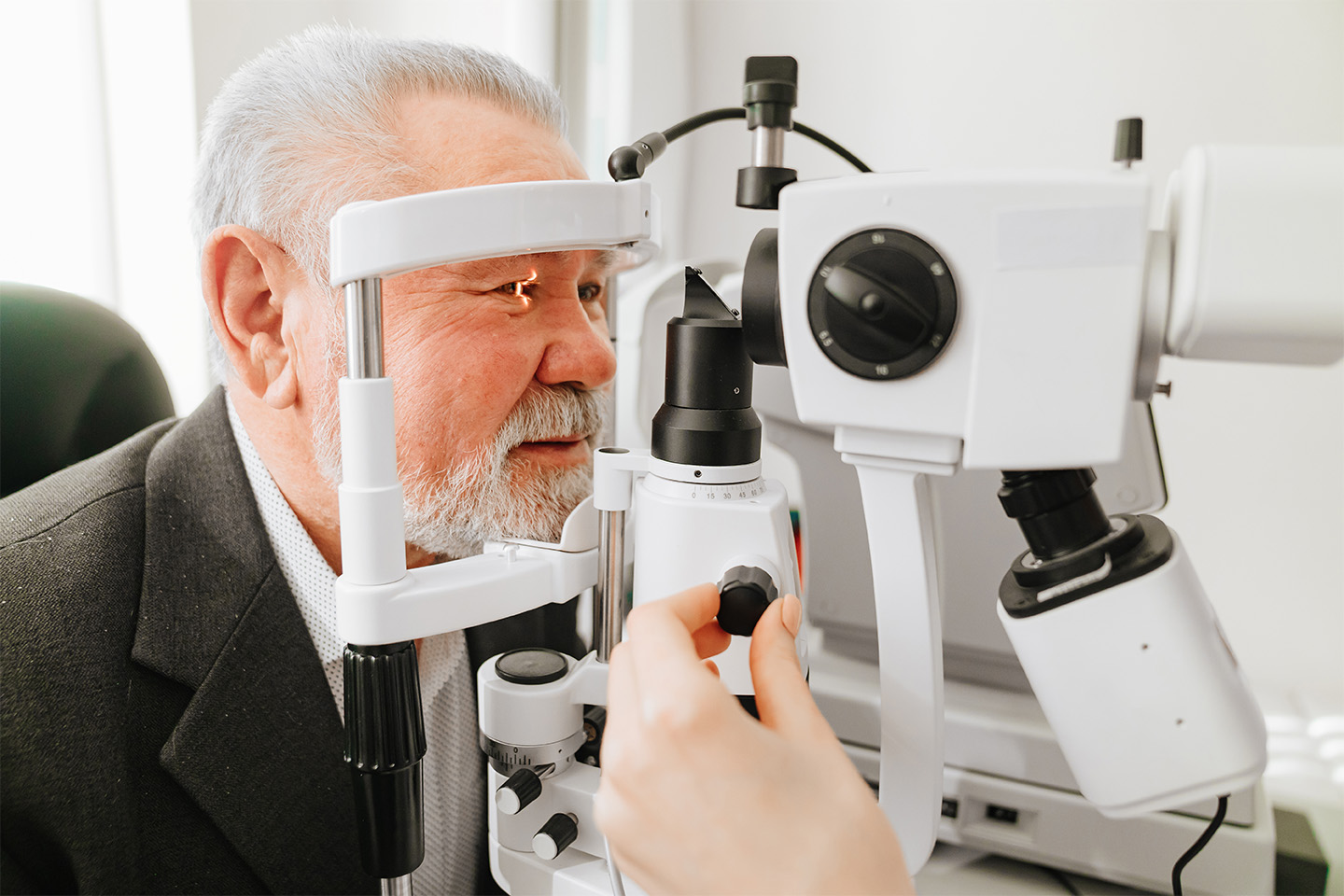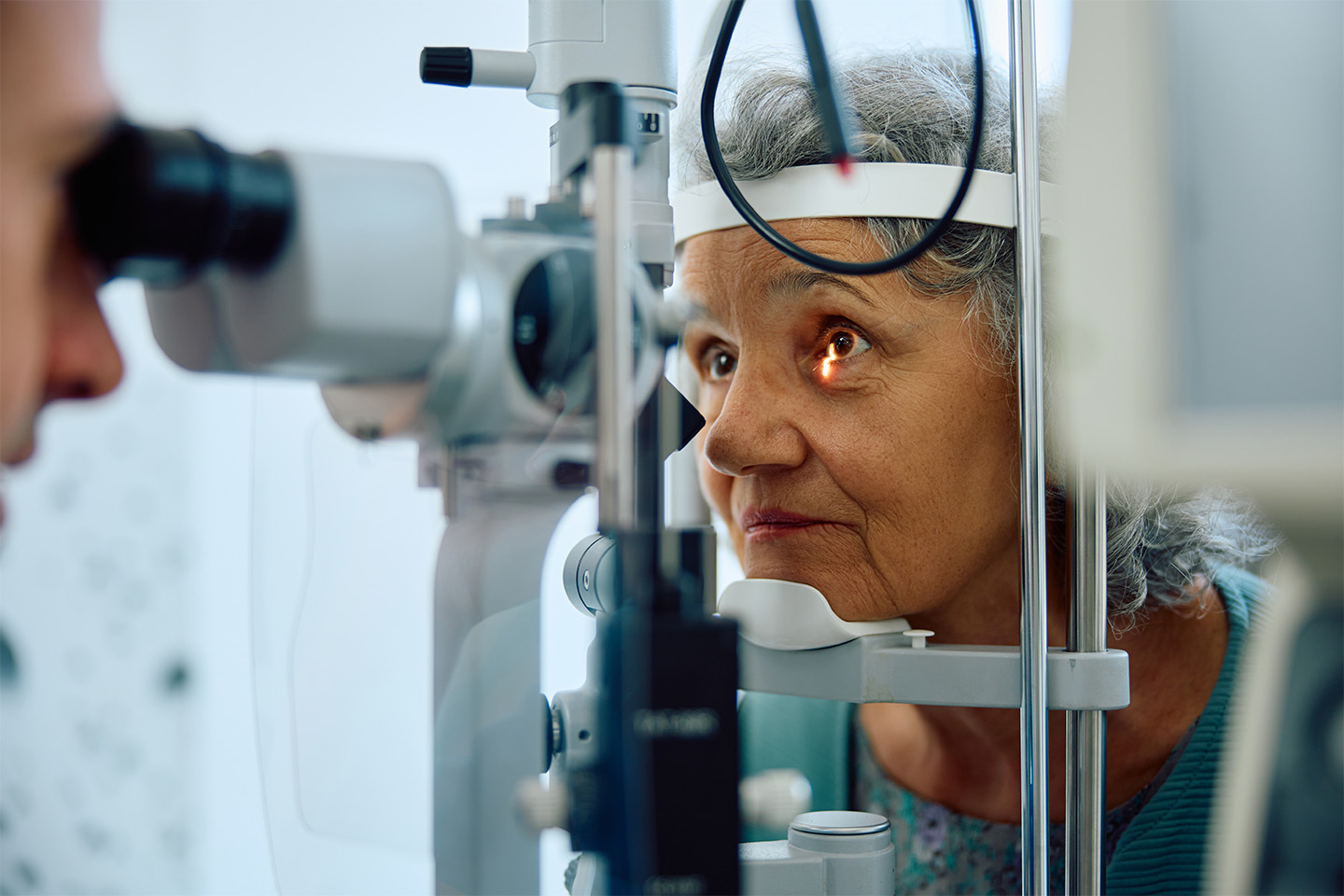Eye Care Series: Understanding the Causes of Keratoconus

Keratoconus is a prevalent condition, affecting approximately 1 in every 2,000 people in the U.S. Understanding the risk factors and causes associated with this condition can ensure proper prevention, early detection, and swift care from our eye doctors in Dallas. Continue reading for a deep dive into everything you need to know about keratoconus causes.
What is Keratoconus?
Keratoconus describes the thinning and bulging of the cornea. Essentially, when the cornea isn’t strong enough to hold its traditional dome shape, it bulges outward into a cone shape.
The cornea plays a significant role in focusing light onto the retina for clear vision. However, the corneal change from keratoconus irregularly bends the light, which leads to vision distortion and possible vision loss as the condition progresses.
In early stages, keratoconus causes slight blurring and distortion of vision and increase sensitivity to glare and light. Symptoms primarily appear in late teens or early 20’s. Keratoconus may progress rapidly and symptoms can worsen over a few years or could gradually worsen over 10-20 years. As it progresses, the cornea bulges more and vision significantly decreases.
What Causes Keratoconus?
There are no definitive keratoconus causes. However, some people are thought to be genetically predisposed to develop this condition from birth.
Certain risk factors of keratoconus can also make you more likely to develop it:
- Family history — You have a greater chance of keratoconus if you have a family member with the condition. In fact, 1 in 10 people with keratoconus also has a parent with it.
- Age — You are more at risk of developing keratoconus during your late teens to mid-20s. However, signs can begin as early as 10 years old and continue until your 30s. It is less common to experience it after 40.
- Health conditions — Those with Retinitis pigmentosa, Downs syndrome, and Ehlers-Danlos syndrome are more likely to develop this condition.
- Inflammation — Chronic inflammation from allergies, asthma, and atopic eye disease can break down the cornea over time.
- Eye rubbing — Frequent, hard rubbing of the eyes can also break down the cornea and speed the progression of keratoconus if you already have it.
- Race — Black and Latino people are 50% more likely to experience keratoconus than their Caucasian counterparts.
Knowing the causes and risk factors of a condition is vital to preventing or minimizing vision loss. At Kleiman Evangelista Eye Centers, we don’t just specialize in cataract and LASIK surgery in Dallas. We are also fully equipped to diagnose and treat common eye conditions, including keratoconus.
During your comprehensive eye exam, the eye doctors in Dallas will assess your corneal thickness and shape to ensure all is well. If you suspect that you may be at risk for developing keratoconus, schedule an appointment with the ophthalmologists in Dallas.









